One of the greatest risks of using heat styling tools at home is heat damage. Constantly subjecting your hair to extreme temperatures regularly can dry out the hair and make it frizzle and harder to manage.
For most women, when it gets to this point, the best alternative is to grab a pair of hair cutting scissors and snip through the hair. But, you don’t have to take such a drastic measure. There are other neat and effective tricks that you can use to restore the shine and health of your hair.
What is heat Damage?
Before jumping on methods of reclaiming your hair from the abyss that is heat damage, it’s essential to understand what you’re dealing with first.
Heat damage occurs when you constantly use heated styling tools on your hair. The extreme heat from the tools damages the protein that protects and strengthens the hair.
Heat damage doesn’t only occur when you set the heat settings too high. When you the settings are too low, you can easily damage the cuticle of the hair through constant pulling.
One of the initial sings of heat damaged hair is the smell of burning hair. Other signs of heat damage include:
- Dull-looking hair
- Brittle and dried out hair
- Increase in split ends
- Increased hair breakage
- Your tangles more easily
If you notice any of these signs, it’s time to go into safety mode and try to recover the integrity of your hair.
How to Treat Heat Damaged Hair
Prevent further damage
The first step is to prevent further damage to the hair. The best approach to take in this case is to stay away from heat styling tools. If you find this hard, keep their use to a minimum and make sure you apply heat protection before using the styling tools.
Choose nourishing hair products
You need to take hair care more seriously. Considering that you hair has been stripped of all its protective features, you need to find products that can help prevent hair damage and provide the hair with the nourishment it needs to aid in the recovery process.
Some of the key nourishing products that you should use are:
- A moisturizing shampoo to remove product build-up, oils and dirt and moisturize the hair.
- Use hair masks to deeply condition the hair
- Apply coconut oil or other oils to help seal in the moisture. When applying the oil, massage it into the skull. This will help to improve blood flow and encourage hair growth.
- Use protein treatments. Like other parts of the body, protein is an essential component of the hair structure. You can buy commercial protein treatment but, home remedies work just as great. You can use an egg mask, avocado, yoghurt, or even do a beer rinse. Make sure you leave the beer uncovered overnight before using it to rinse your hair.
You cannot apply all these products to your hair at the same time. To make sure the hair gets a good dose of each of them, you need to come up with a hair care routine that will incorporate all these products throughout the week.
Go for a no-heat hairstyle
It’s going to be counterproductive to go through all this trouble to help reclaim your hair and yet you’re consistently using heated styling tools.
Even though you might be accustomed to using the tools to style your hair, it doesn’t mean there aren’t smashing hair styles you can opt for without using heated tools.
Try alternative hair styles that don’t involve heating. This will give your hair ample time to regenerate and rejuvenate before you can start using the heating tools again.
Don’t towel dry your hair!
Your hair has gone through enough trauma already. Even though a significant amount of it has been because of extreme heat, you can continue to aggravate the situation by stressing the hair through processes like towel drying.
The vigorous use of a towel when drying hair can cause further damage to the cuticle and increase tangling and hair breakage.
Instead of rubbing the hair, loosely wrap the hair inside the towel and give it some time to dry. You can also use a microfiber cloth for faster and more effective results.
Be gentle when brushing
You want to give your hair the best possible chance to recover and rebuild. Any process that can further traumatize the hair is highly discouraged including brushing.
Use a soft-bristle brush when brushing the hair and only brush the hair when it’s dry. If you want to comb through the hair when it’s wet, you have to use a wide-toothed comb and even then, you have to be cautious and make sure you are as gentle as possible.
Prevention Measures
After your hair makes a full recovery, you don’t want to find yourself in the same predicament again. There are a few tips you can use to protect your hair when using heated styling tools to minimize damage.
Use heat protectant
You might not be a fun of using silicone-based products but for the sake of your hair, you should apply a heat protectant before letting a heated styling tool loose on your hair. The product will minimize trauma and reduce chances of moisture escaping the hair.
When applying heat protectant, always make sure you apply it to damp hair before blow-drying so the moisture is locked in.
Tone down the temperature
Lower temperature means lower chances of your hair experiencing any damage. This means you have to sacrifice the final look slightly but at the end of the day, your hair is far more important and not many people will notice if you have a few runaway strands.
Conclusion
Your hair plays a crucial role in your physical appearance and you should take good care of it at all times. If possible, you should give your hair a break from all the heat and give it some time to relax and rebuild.
If it’s a little too late, you can use the above tips to give your hair a shot at recovering. Once it does, take extra care to avoid the same catastrophe again.


















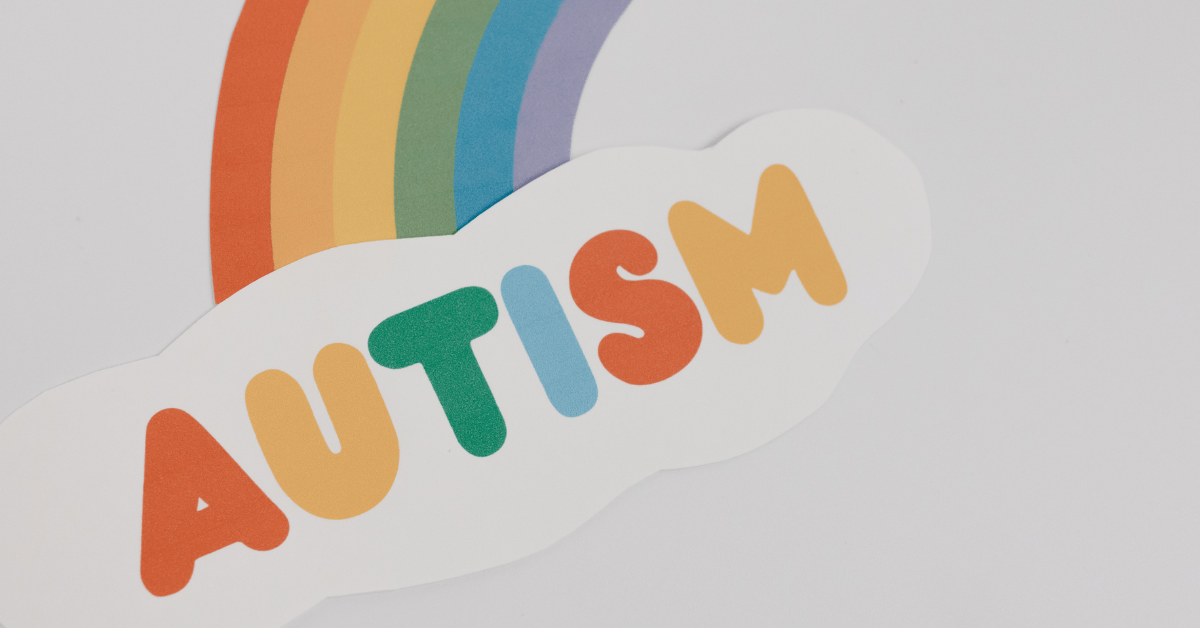
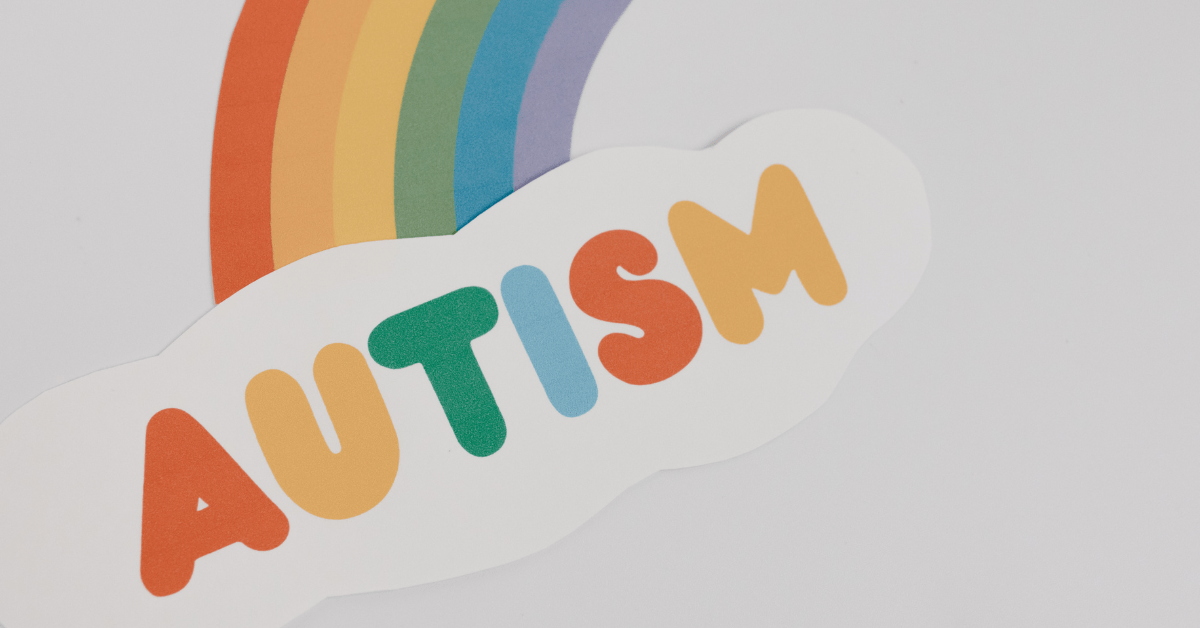
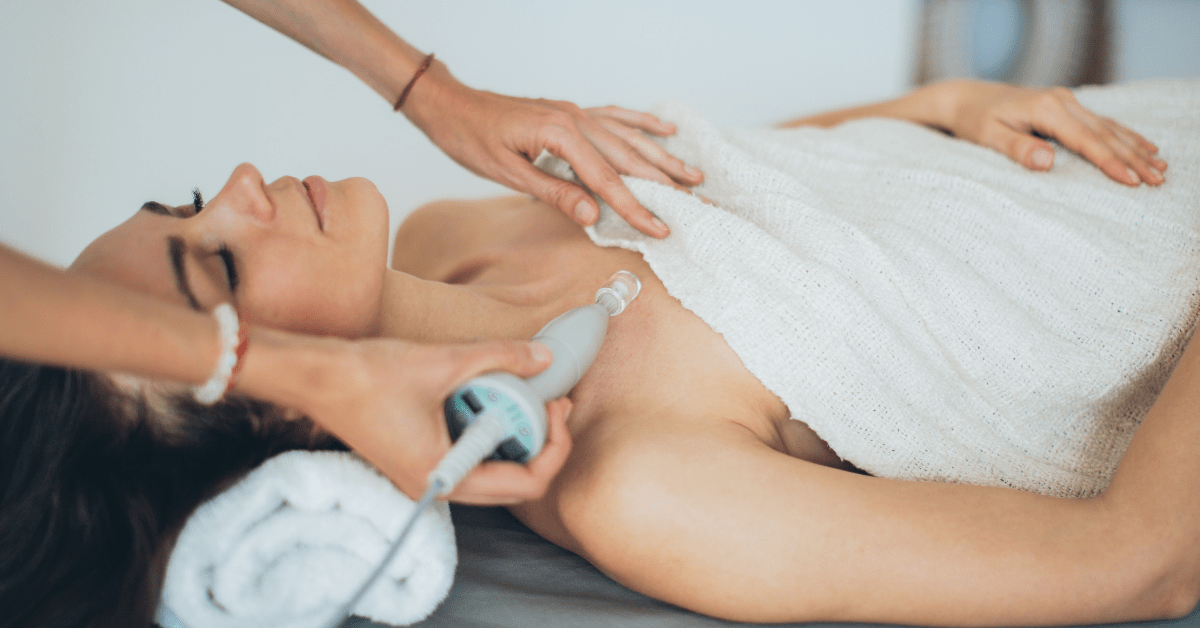
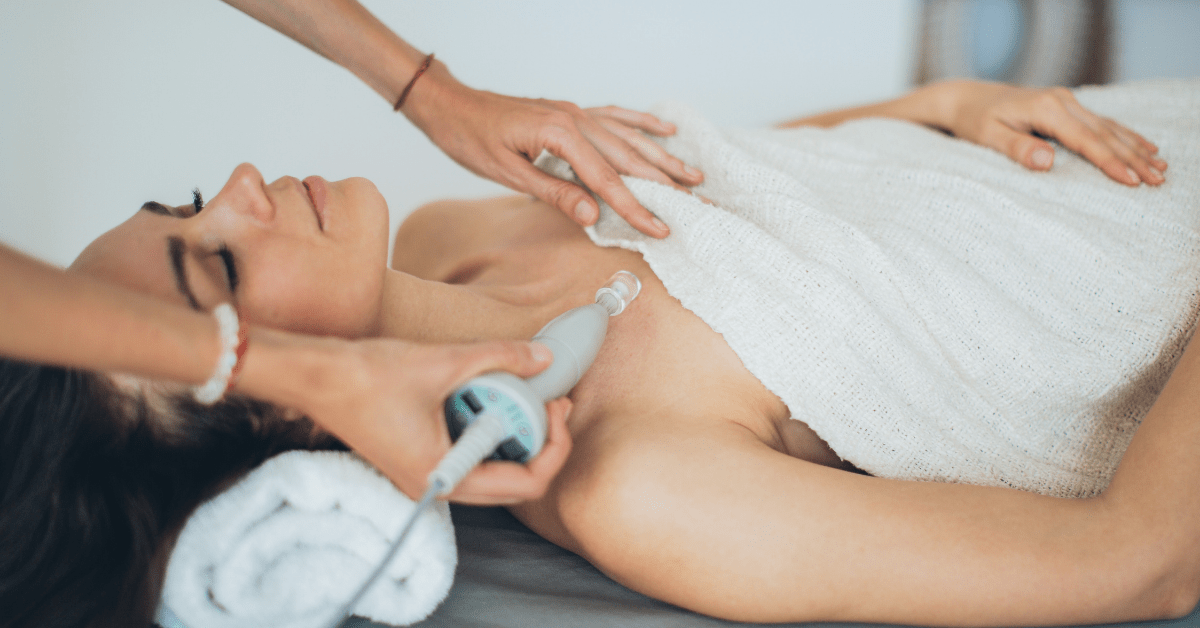

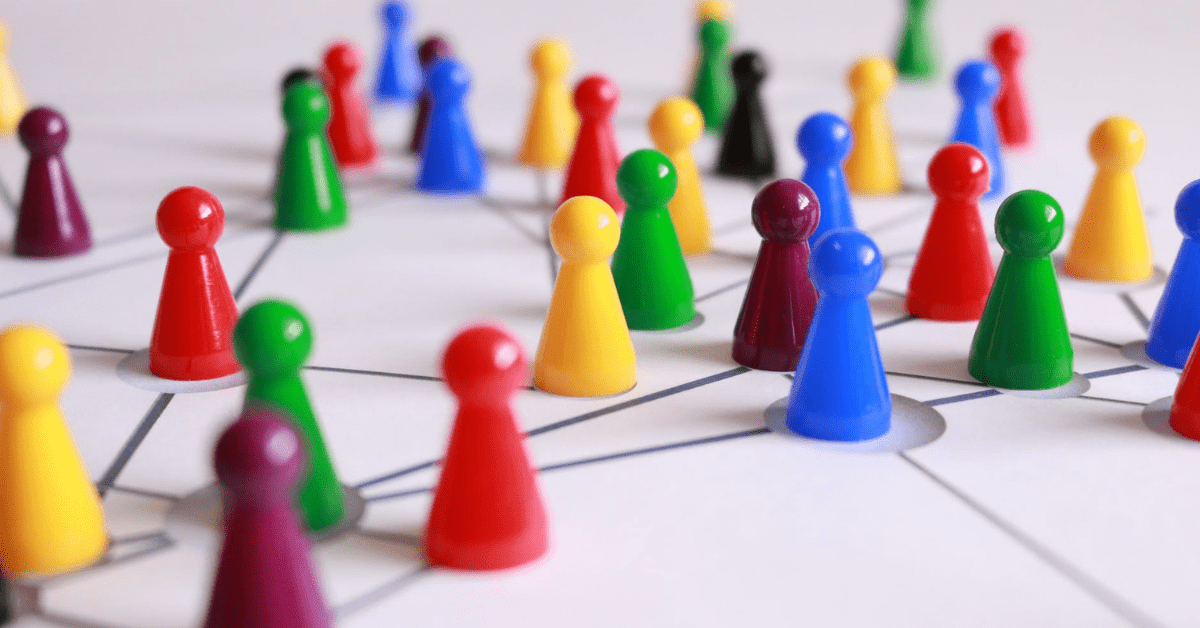
Leave a Reply